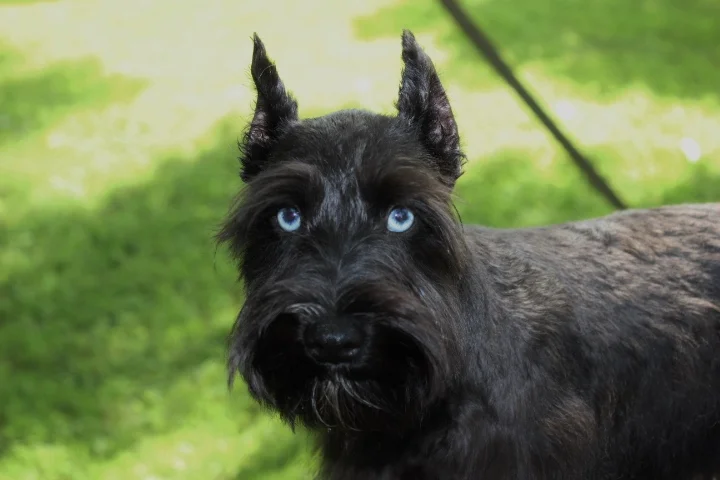Do Schnauzers have whiskers
Schnauzers, with their distinctive beards and expressive faces, captivate dog lovers around the world. An intriguing aspect often pondered is, “Do Schnauzers have whiskers?” In this comprehensive exploration, we unravel the mysteries of Schnauzer facial features, shedding light on the presence and significance of whiskers. Join us as we embark on a journey to understand the unique characteristics that contribute to the charm of Schnauzers.
Understanding Whiskers in Schnauzers
To address the question of whiskers, let’s delve into the facial features of Schnauzers.
The Presence of Whiskers
Schnauzers, like many dog breeds, are equipped with whiskers, also known as vibrissae. These specialized hairs are more pronounced on their muzzles, forming part of their distinctive facial profile.
Functional Significance
Whiskers serve a functional purpose for dogs, including Schnauzers. They are highly sensitive tactile hairs connected to the nervous system, aiding in spatial awareness and navigation in their surroundings.
Do Schnauzers Have Whiskers? Examining Facial Features
Exploring the presence of whiskers in Schnauzers involves understanding their facial anatomy and the role whiskers play.
Distinctive Beards and Eyebrows
Schnauzers are renowned for their unique facial features, which include distinctive beards and bushy eyebrows. Whiskers contribute to the overall charm of their expressive faces.
Sensory Functions
Whiskers are equipped with nerve endings at their base, providing Schnauzers with valuable sensory information about their environment. This tactile input aids in their spatial awareness and helps them navigate obstacles.
Grooming and Maintenance
Due to the prominence of whiskers in Schnauzer facial features, regular grooming and maintenance are essential. Owners may choose to trim or shape the beard and eyebrows, ensuring a neat and tidy appearance.
Importance of Whiskers in Schnauzers
Understanding the role of whiskers enhances our appreciation for their importance in Schnauzer anatomy.
Spatial Awareness and Exploration
Whiskers play a crucial role in helping Schnauzers navigate their environment. The tactile feedback provided by whiskers aids in spatial awareness, allowing them to explore and move confidently.
Communication and Expression
The distinctive facial features, including whiskers, contribute to Schnauzers’ ability to communicate and express emotions. Their expressive faces are a key element of their charm and appeal.
Preserving Breed Standards
Whiskers are often a recognized feature in Schnauzer breed standards. Preserving these facial characteristics is a part of maintaining the unique identity of the breed.
FAQs (Frequently Asked Questions)
Answering common questions about Schnauzers and their whiskers provides additional insights into these charming dogs.
1. Can Schnauzer whiskers be trimmed?
While some owners choose to trim Schnauzer whiskers for grooming purposes, it’s essential to consider the functional role of whiskers and ensure that trimming doesn’t compromise their sensory functions.
2. Do all Schnauzers have prominent whiskers?
Whisker prominence can vary among individual Schnauzers. However, the breed is generally characterized by distinctive facial features, including well-developed whiskers.
3. Are Schnauzer whiskers more sensitive than other hairs?
Yes, whiskers, being tactile hairs with nerve endings, are more sensitive than regular fur. This heightened sensitivity contributes to their functional significance.
Conclusion
In conclusion, the question “Do Schnauzers have whiskers?” invites us to appreciate the unique facial features of these charismatic dogs. Whiskers play a functional and aesthetic role, contributing to the overall charm and sensory capabilities of Schnauzers.







